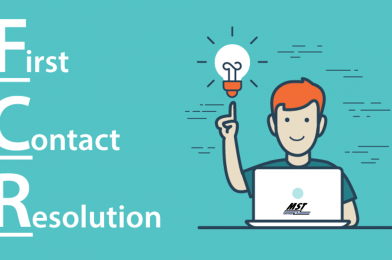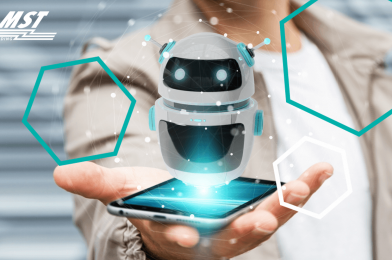First Contact Resolution (FCR) is a percentage measure of a contact center’s success rate in answering customer inquiries the first time they are made. It’s a metric often confused with First Call Resolution, which goes by the same acronym.
While both measure the same, First Contact Resolution does it in all contact center channels, while First Call Resolution is only for the voice channel.
WHY IS FIRST CONTACT RESOLUTION IMPORTANT?
First contact resolution is now seen by many as the best measure of contact center efficiency, as few organizations use talk time as a metric to guide advisors. This is because it can encourage negative behaviours as advisers can start rushing over the phone.
Therefore, organizations are turning to FCR to assess not only the effectiveness of advisors, but also the processes and technology behind them.
In fact, if you use FCR in combination with Average Handling Time (AHT) and divide the metrics by your most common contact reasons, you can highlight your most inefficient customer journeys.
THE FIRST CONTACT RESOLUTION FORMULA
The traditional formula for FCR is: Queries resolved on first contact / the total number of contacts x 100. The problem comes with how you get the data to input into this calculation.
While the calculation is simple, how do we know that a contact has actually been resolved? How can we track that?
We could ask advisors to confirm with the contact whether or not it has been resolved. But that might encourage negative behavior or customers might realize at some point afterward that something isn’t quite right with the resolution, despite previously saying they were happy with it.
So maybe we can track repeated calls over a certain period of time. But will the interaction be long enough? And maybe the customer will call for a different reason?
Therefore, these two methods are not true RCF calculation methods. A better method of calculating FCR is to send the customer a summary of the interaction a few days after the initial contact. If the client is not satisfied and the case is not “truly resolved”, they can reopen the case and the FCR can be tracked that way.
While first contact resolution is becoming more prevalent in the contact center “metric mix”, it will not be the only measure and it will adjust to all of their requirements to offer a good customer service.


